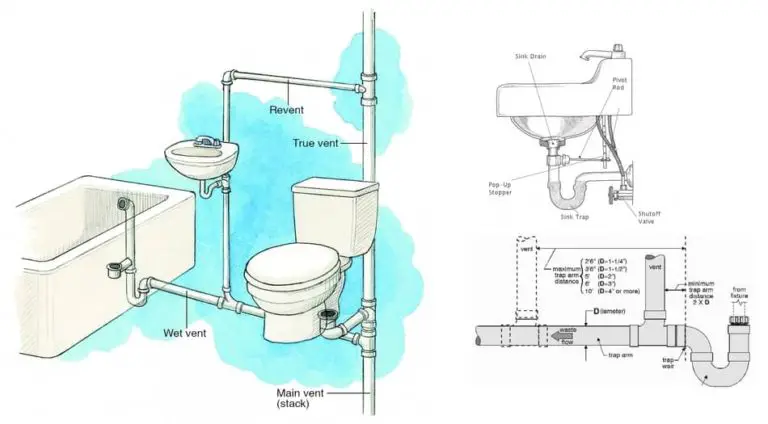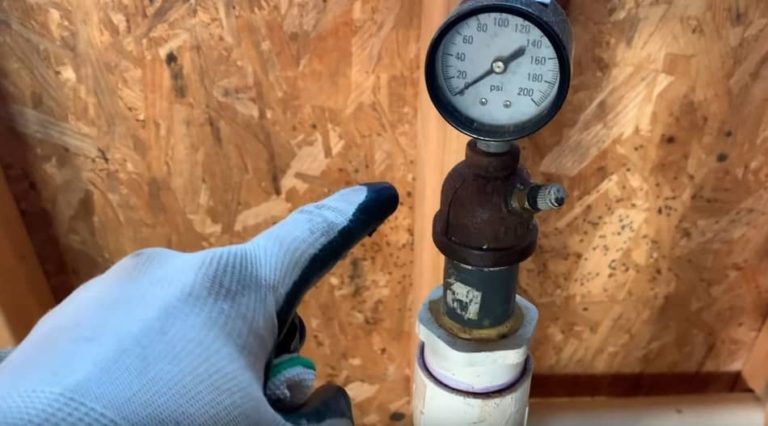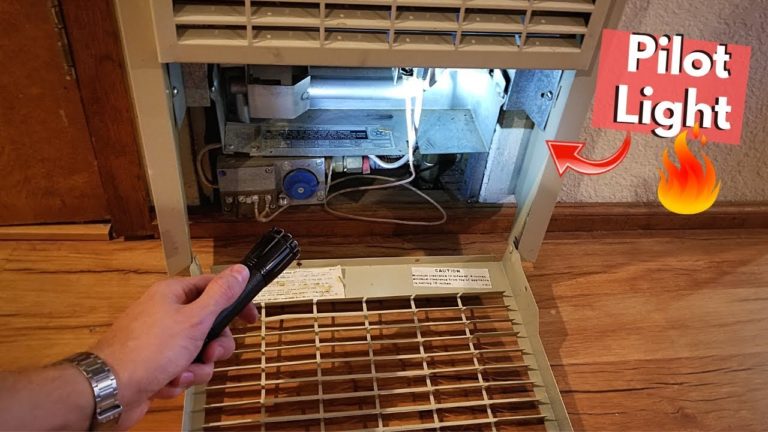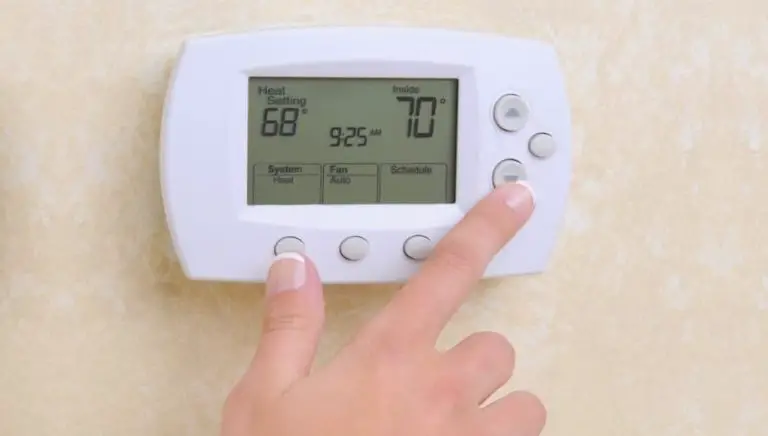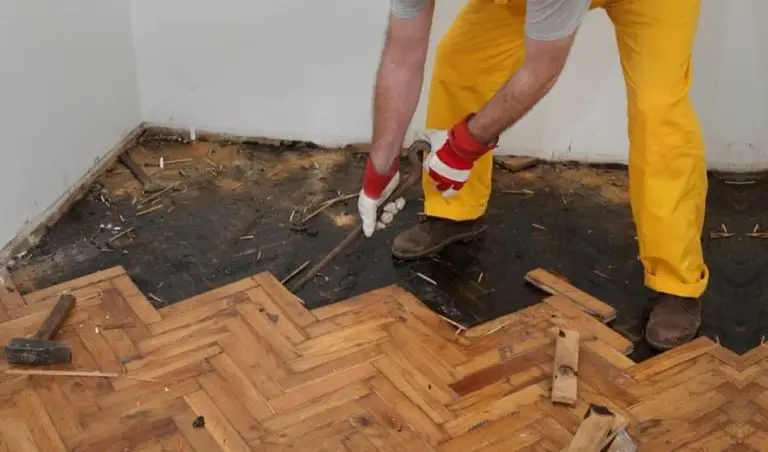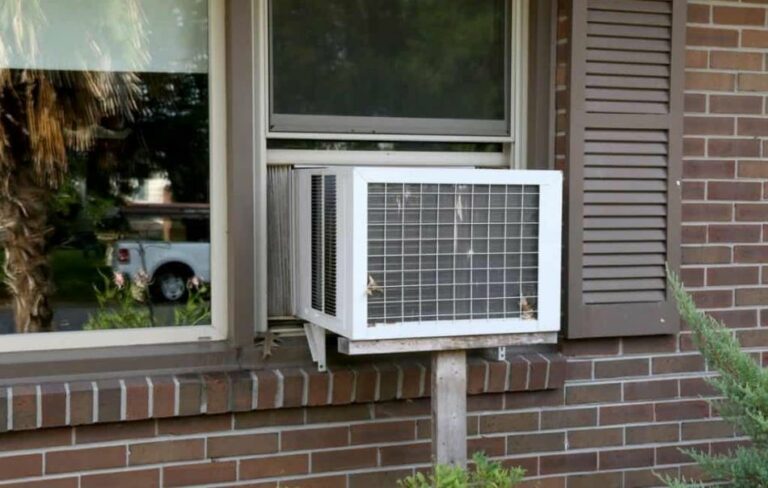How To Tell If Pilot Light Is Out On Water Heater?
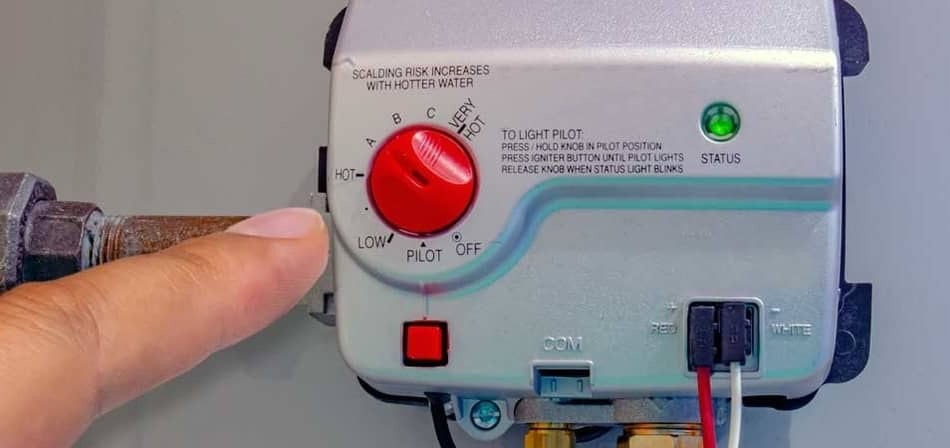
When owning a gas water heater, one of the most common issues that occur is the pilot light going out. A pilot light is a tiny natural or liquefied petroleum gas flame used as an ignition source for a more powerful gas burner. In the olden day, the pilot light used to always be on, but that approach turned out to be wrong because it wastes big but unnecessary amounts of gas. Nowadays, the gas burner is mostly lit electrically.
The pilot light is only used in very few situations when the burner that should be lit is huge. The term “pilot light” is also used for an electrical indication light that shows electrical power availability or that an electrical device is on. Indicators used to be incandescent lamps or neon lamps but now are usually LEDs.
If you have an older gas water heater that still ignites by a pilot light, then its correctness is crucial. If the pilot light isn’t lit or working properly, you’ll not have hot water in your home. Fixing the problem yourself rather than calling a professional plumber can save you a lot of money. In this article, we’ll talk about how to turn your pilot light on your water heater. So, let’s start.
Table of Contents
How To Tell If Pilot Light is Out On Water Heater?
So How to Tell If the Pilot Light is Out On Water Heater? The main sign that the pilot light is out is the water won’t get hot. The two other most common reasons to tell if the pilot light is out on the water heater are if you get blinking light (error message) or if you can’t see the flame.
It is not dangerous if the pilot light goes out on the water heater. But certainly, if you notice this you should react and solve the problem.
For those who want to learn more, you can read How Much Electricity (Energy) Does a Water Heater Use?
What is a Pilot Light? What Does it Do?
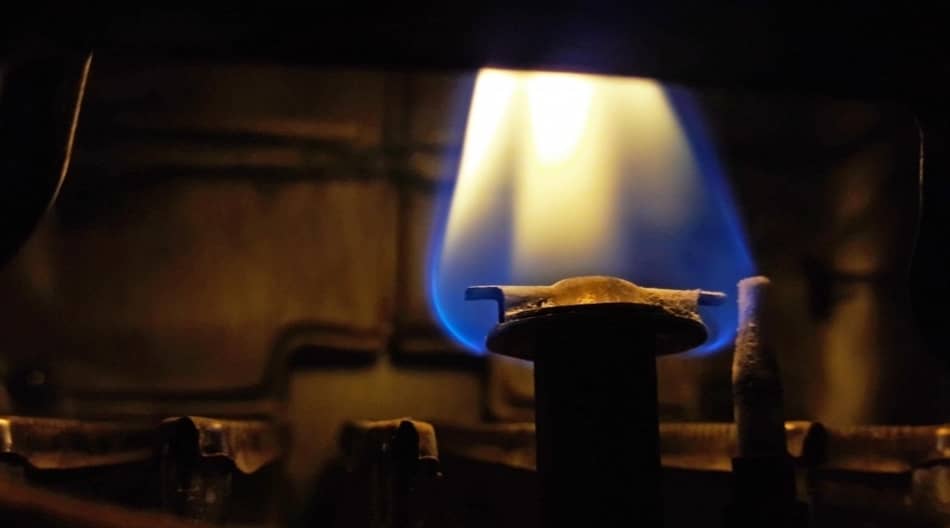
A pilot light is a little flame that always remains lit in certain gas-fired appliances like furnaces. A tiny flame is used to light the burner in older gas and propane water heaters. When the water in the tank should start heating up, the pilot light is used to ignite the gas burner.
Envision the pilot light as the match that starts fires on gas stoves. Without it, it is not possible to build a fire or activate the gas stove. The same can be said for a pilot light. If your water heater’s pilot light goes out, the gas burner cannot start, this won’t be able to heat the water. The most common indicator that the pilot light doesn’t work is the fact that you can only run cold water.
Signs That Pilot Light Has Gone Out
In this part of the article, we’ll explain three main reasons why the pilot light isn’t working:
- No Hot Water – There’s a good probability your pilot light has gone out if you aren’t able to run any hot water. Of course, there are other reasons that can cause a shortage of hot water. If the pilot light works properly, you will need to do more research to find out the issue.
- Gas Control Valve Indicator – On the gas control valve, you can observe an error message or a blinking light that occasionally changes colors to warn you of a potential issue. That light is an indicator light. Search for a sticker on the sides of the tank that explains the meaning of the indicator message. If this is the case, you can easily expect it to be the pilot light being out.
- No Flame – During a visual inspection of the water heater, you should pay attention to the flame. If the flame doesn’t exist, that is then for sure the consequence of the pilot light being out.
In the next paragraph, we explained how to check this issue.
Best Way To Check If Your Pilot Light Is Out
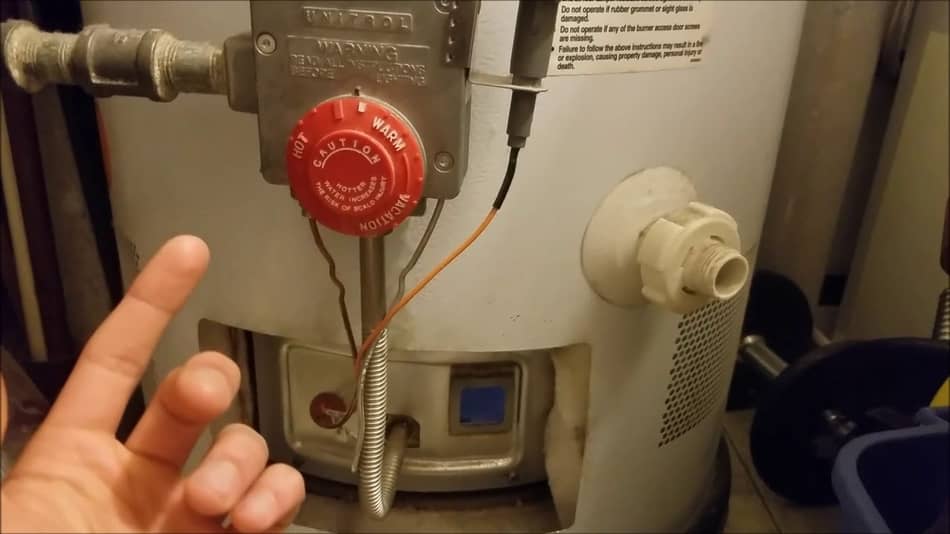
Even if your gas control valve points to a problem with the pilot light, visually inspecting a flame is worthwhile. The burner chamber door that you should open is usually located below the gas control valve that’s at the bottom of the water heater.
To see the burner chamber and pilot light tube, you’ll need to either remove the door or open it, depending on your water heater model. The problem doesn’t lie with the pilot light if you do see a flame, but it does if the pilot light is out.
What Causes a Pilot Light to Go Out?
There are numerous reasons why a pilot light can stop working properly. Here are the most frequent ones:
- Change in Gas Pressure – Changes in natural gas pressure influence many factors of human living as well as the proper functioning of electrical appliances. When there is a natural shift in gas pressure, it can result in malfunctions with the water heater because of the pilot light going out.
It doesn’t happen very often, but when it does, relighting the pilot light usually solves the problem. If the pilot light continues to go out, something else is probably wrong.
- Thermocouple – The thermocouple’s main function is to serve as a safety device by shutting down the gas valve if the pilot light goes out. This stops the gas from entering the chamber. Even if everything else is working well, if your heater’s thermocouple begins to malfunction or is damaged and dusty, the pilot light might shut down.
- Draft – Sometimes a blast of air can extinguish the pilot light in the combustion chamber. This happens when the water heater isn’t sealed. Additionally, if the heater is placed in a drafty region, the pilot light, which is essentially just a tiny flame, can be easily blown out.
- Lack of Combustible Air – Gas appliances in general, especially water heaters, need air to function safely. The pilot light won’t stay lit if your unit is stored in a closet or other spot where it will not have access to any air. The air is required for combustion.
If this is the case, we strongly advise contacting a professional to assist you in troubleshooting that type of issue. Other than the fact that you probably want a functional water heater, this situation can be potentially harmful because of carbon monoxide building up in your home.
Related Article: Why Honeywell Thermostat Blinking “Cool On”? Expert Explain
Is It Dangerous If The Water Heater’s Pilot Light Goes Out?
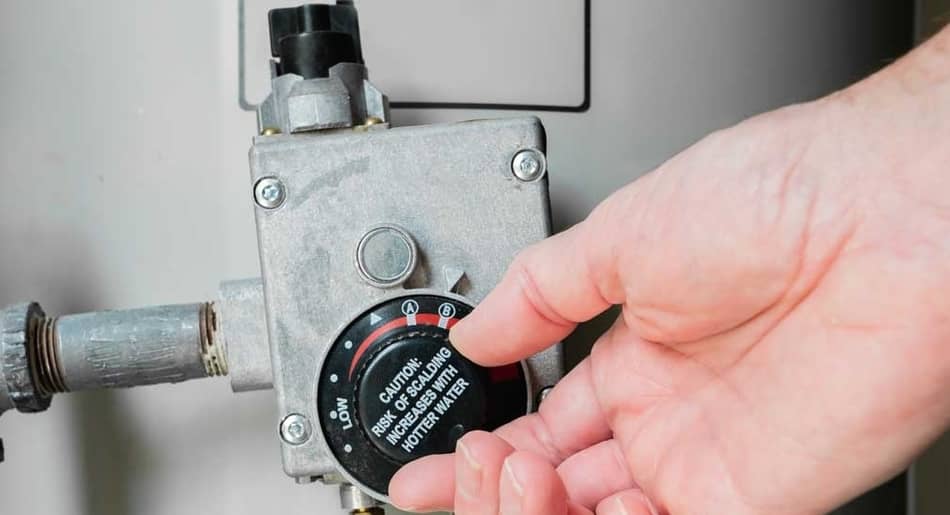
When the pilot light on water heater is turned off, it is usually not dangerous. Most modern gas-fueled water heaters are built to have valves that automatically shut off the gas supply when the pilot light goes out.
This is a critical safety element that has stopped countless hazards. If your water heater doesn’t do this, you can be dealing with a natural or propane gas leak, that can easily result in an explosion. Nevertheless, when the water heater is in an enclosed environment, this situation can be deadly.
If, for example, the pilot light goes out owing to the absence of combustible air, carbon monoxide can build up in the region which is deadly because that gas is poisonous.
How To Light A Pilot Light On Water Heater
There are many models of water heaters. Therefore, they all differ a little bit from each other. When lighting the pilot light, you should always check for detailed instructions in the user manual or the sticker placed on one of the sides. Here are some general instructions that work for most models:
- Turn the gas control valve to the OFF position and wait 10 minutes for the gas to clear the chamber area.
- On the gas control valve, set the knob to PILOT and press the button. When you press the button, a small amount of gas will flow to the pilot.
- For 90 seconds, repeatedly press the little black (or red) igniting button. The pilot will be lit by a spark generated by the igniting button. Manual lighting with a long lighter might be required for some water heaters.
- The pilot light is turned on when the status button begins to flicker or goes on. During this, you should adjust the temperature knob to your preferred setting. You should then be able to hear the burner light up. This sound is very normal, so do not get concerned.
- If the pilot is not lit after 90 seconds, make a pause of at least 10 minutes before trying again. If after a few tries the pilot is still not lit, there might be another issue, or you just need a professional to do the job for you.
Watch the Video
Do I Have A Bad Thermocouple?
Thermocouples are sometimes referred to as flame sensors with contemporary water heaters, so several heaters feature a standing pilot light that employs a thermocouple. The pilot light will not stay lit if the thermocouple is not functioning right in this scenario.
The thermocouple is probably filthy, twisted, or broken, and while you might be able to adjust or clean it, replacing it is frequently the best option. If you’re used to doing DIY projects and dealing with gas appliances, you might be able to handle this project. However, many homeowners choose to employ a professional plumber to complete the task.
How Long Does It Take To Get Hot Water?
The water heater heats water at its own pace. Therefore, it will take some time for you to have hot water once you’ve got your water heater up and running. The time lengthiness depends on the size of the tank. On average, you can anticipate waiting 30 to 40 minutes for your tank to reach full shower-ready temperature.
Can I Turn Off My Pilot Light?
In general, there’s no harm in turning off the pilot light on your water heater. Keep in mind that once the water in the tank has cooled, you won’t have access to hot water.
In fact, there are times when switching off your pilot light is a good idea. When traveling on vacation, for example, professionals frequently advise you to do just that. That way the water heater won’t keep the water warm while you’re away, which will save you money on the power bill.
Instead of completely turning off the pilot light on their water heater, some homeowners prefer to set it to the pilot position. Even though the heater will still require a little amount of gas to keep the pilot lit, it will be easier to turn on the water heater when you arrive because the pilot will not need to be relit.
Here is also one article that we recommend, How Much Electricity Does a Gas Furnace Use?
Final Thoughts
Just like any home appliance it’s best to get your water heater inspected by a professional plumber from time to time. They can perform a regular maintenance process on the system while monitoring the pilot light. To avoid sediment and corrosion from developing, specialists advise doing maintenance at least once a year. This should extend the water heaters life drastically.
Calling a professional plumber to fire a pilot light is really not necessary. Especially if you understand the basic steps outlined above. Some people do not feel confident enough to do these kinds of home improvement jobs though, which is totally okay. In some situations, the issue isn’t even that simple.
For example, if the problem is caused by the water heater’s thermocouple. Then you will need professional assistance anyway. If you have any other questions, feel free to contact us.


